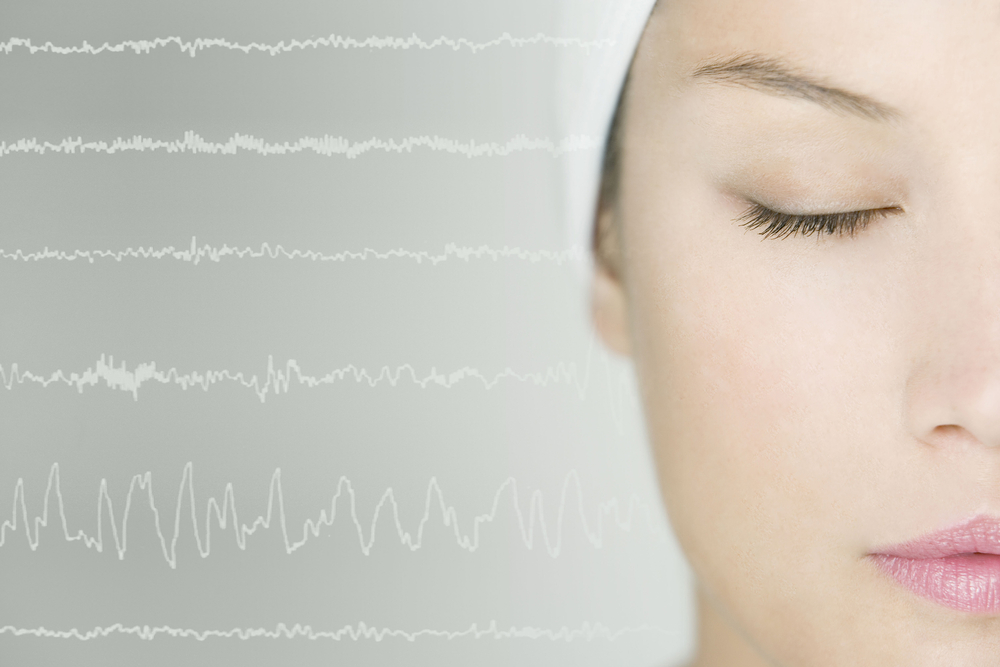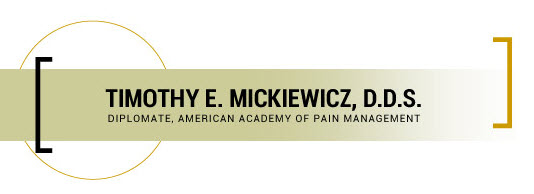
If your doctor requests a sleep study, you may be one of 50-70 million Americans who suffer the health and quality of life repercussions of a sleep disorder. Sleep studies track specific vital statistics so that a sleep physician can determine whether a person has a disorder.
You may be familiar with the most common sleep disorders: insomnia, sleep apnea, restless leg syndrome, and narcolepsy. But did you know that there are over 80 types of sleep disorders? That’s a lot of people suffering from sleep deprivation, and doctors have seen an uptick in sleep disorders due to public awareness and improved access to care.
In today’s blog, you’ll learn about:
- Polysomnography
- Sleep Center Sleep Studies
- Home Sleep Studies
- Reading the Results of Sleep Studies
- Obstructive Sleep Apnea
- Non-surgical OSA Treatment
- Dental Sleep Medicine in Sacramento
Polysomnography
According to the Mayo Clinic, polysomnography and the term “sleep study” are synonymous. In short, polysomnography is a painless, non-invasive test to determine if a person has a sleep disorder. “Poly” means many and “somno” means sleep. “Graph” means writing. Polysonography measures blood oxygen, brain waves, heart rate, breathing, eye movement, and leg movement while a person sleeps.
In addition to helping doctors determine whether a sleep disorder exists and which sleep disorder is present, sleep studies can aid in treatment planning and treatment plan modifications.
Sleep Center Studies
If you opt for a sleep study at a sleep lab/center or hospital, you’ll stay overnight for about 8 hours in a private room that looks and feels much like a hotel room. You should bring your own pajamas. You will also have a private bathroom. Expect a cool, quiet, dark environment for sleep. You should refrain from consuming alcohol or caffeine prior to sleep, and you can bring items used in your normal bedtime routine.
The technician will apply sensors to various parts of your body while you’re in bed. The sensors are for polysomnography. A low-light camera and two-way intercom will be used during your sleep study, so the technicians can see and communicate with you in your room. In addition to polysomnography, your body position, movements, and noises (like snoring or sleep-talking) will be monitored and recorded. You may be asked to wear a CPAP or BiPAP machine to aid breathing while you sleep.
And during your sleep study, even if your sleep isn’t restful, the results should be useful for diagnosis and treatment.
Home Sleep Studies
The test for sleep apnea can be self-administered in the comfort of your own bedroom. Follow the instructions provided, and the doctor will get all the information he needs to diagnose and plan treatment for sleep apnea. You may also be asked to keep a sleep journal or log so that your doctor can see patterns and activities that may provide clues as to why you’re not sleeping well.
Reading Results of Sleep Studies
You may have to wait up to two weeks for your sleep study results to be read and delivered to you.
Though it’s a natural process, sleep is scientifically complex. It occurs in stages and cycles. Doctors can read sleep study results to determine the length and prevalence of different sleep stages. They compare the patient’s data to what is considered normal and look for deviations.
The average adult with no sleep disorder usually spends the following percentages of total sleep time in the noted stages, according to a report published in PubMed Central(r):
5% Stage N1: transition from wake to sleep, relates to daytime alertness
50% Stage N2: can be affected by apneic episodes, age, medications
20% Stage N3: “deep sleep” or “slow wave sleep,” when sleep walking/talking occurs, also affected by medications
25% REM: cycles occur every 90 to 120 minutes, also affected by medications
Recommendations for the patient are included in a sleep study report. Commonly, patients are advised to use a CPAP or sleep apnea appliance. The patient’s sleep physician or sleep medicine dentist will provide a consultation to review results and discuss diagnoses, as well as treatment options.
About OSA
Earlier in this article, you learned that 50-70 million Americans have a sleep disorder. About 30 million of those have OSA, or obstructive sleep apnea. Even still, only 6 million people are diagnosed and 80% go undiagnosed.
OSA is a condition in which the soft oral tissues at the back of the mouth and in the throat become lax during sleep. They collapse to block breathing entirely for periods of at least 10 seconds, and occurrences that average at least five episodes per hour. Severe OSA patients experience over 30 apnaeic episodes per hour.
Non-surgical Treatment for OSA
If you are diagnosed with OSA, a dentist who has studied sleep medicine can provide non-surgical, minimally invasive treatment without a CPAP. A custom oral split, similar to an athletic mouthguard, will comfortably hold your tongue and lower jaw in a position that facilitates clear breathing. The splint may be referred to as a mandibular advancement device or MAD. Simply wear the splint while sleeping, and you should experience NO apnea.
Sacramento Dental Sleep Medicine
If you live or work in the Sacramento area, call dental sleep medicine expert Dr. Timothy Mickiewicz. Dr. Mick, as patients call him, helped pioneer the integration of dental sleep medicine into dentistry by testing new products and technology.
Schedule a Consultation Today
If you snore loudly, feel tired after sleeping all night, or fall asleep during low-activity periods during the daytime, you may have OSA. Other symptoms may be less obvious. Learn more about the symptoms of OSA at drmickdds.com or call our Sacramento dental sleep medicine office at 916-469-9178 to schedule your consultation with Dr. Mick. He is accepting new patients.


